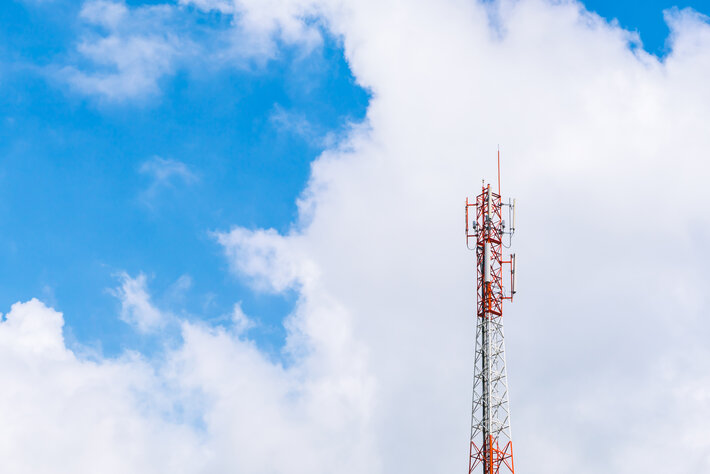In the second part of his two part article, Slavko Djukic, the chief technology officer of Zinwave, in the first of a two-part article, explains the benefits of DAS systems for achieving indoor connectivity.
Smaller equipment and fewer hardware components take up less room, allowing a business to maximise the space it has, and reduce the risk that DAS equipment has to be shoehorned into available spaces or placed in a place where the equipment reduces aesthetics. It also reduces cost, as the amount of physical space – rack or wall – required in telecoms rooms can increase planning and implementation costs and add to operational costs.
Low TCO
The need for low total cost of ownership (TCO) is a no-brainer – why pay more for something than necessary? But accurately determining TCO can be tricky with a DAS solution.
Some DAS are inexpensive to install, but the ancillary hardware required for current and future upgrades make it more expensive over the life of the system. In addition to cabling, the system may require ancillary equipment that wasn’t accounted for in the initial hardware estimate, whether it’s special building-specific hardware or additional antennas due to the way the building is configured.
If a system starts with only a few frequencies today, but needs more in the future to accommodate multiple operator bands, or new technology or spectrum, more hardware will be needed. Businesses may need to reserve significant funds for upgrades every couple of years.
The operational cost to run the system also must be considered, as low-power systems are more efficient and thus less expensive to run than high-power systems. Higher-power units are often larger, which sometimes requires upgrading HVAC systems, and the more space they take, the more one pays in the monthly operational cost, also resulting in a less energy efficient system.
Determining TCO isn’t just about capital outlay; it’s critical to figure out how much a system will cost over one, five, 10 and even 15 years, and how that fits into current and future IT budgets. A system that costs more over time isn’t really the economic choice.
Public safety frequency support
VHF (150MHz), UHF (450MHz) and 800Mz all are particular frequency bands that public safety officials and first responders currently use. Some public safety users utilize 150MHz and 450MHz frequencies (which penetrate most buildings well), while others use 800MHz frequencies (which do not).
A DAS might support VHF, UHF or 800MHz today, but when FirstNet arrives – the first standardized nationwide emergency responder network, which will use LTE technology in the 700MHz frequency band and will eventually supplant the use of existing public safety frequencies – the DAS will have to transition to 700MHz frequency bands. It is probable that all of these frequency bands will be in use until the complete FirstNet transition occurs, which might take several years.
Many DAS systems aren’t able to support public safety frequencies without adding on additional hardware layers, creating a combined or converged system (as opposed to a single commercial system). Other systems don’t even have the capabilities to support VHF or UHF, no matter how much hardware is added to the original installation.
A truly wideband DAS can support any cellular or public safety frequency from 150MHz to 2700MHz. Therefore, it can support many different frequencies with a single layer of equipment as well as seamlessly support future services with no additional hardware like cabling or remote antenna units needed. This will simplify both deployment and maintenance, while keeping costs down.
5G-ready
5G’s primary promise is that it will grant access to vast amounts of new spectrum and allow wireless networks to support use cases never supported by 4G, but it presents enormous challenges from an indoor propagation perspective.
As true 5G comes into being, outdoor frequencies will have to be moved onto other frequencies inside a building – potentially multiple frequency bands, all better equipped for indoor propagation. In a solution with simplified architecture, users can access all of the frequency bands at the lower end of the licensed and unlicensed spectrums, all the way up to 6 GHz, which will most likely be used for indoor 5G in some form.
It’s not certain at this point where exactly indoor 5G would fall from a frequency point of view, so having an all-fibre-based solution that can support all frequencies with no additional infrastructure in the future is ideal from a future-readiness standpoint and will save on expensive upgrades.
A future-ready DAS
Businesses have a lot of options when it comes to choosing an in-building wireless system, including multiple types of DAS. But by looking for these six key criteria, a business can feel confident it is choosing a future-ready DAS, setting it up for success – now and years down the road.






